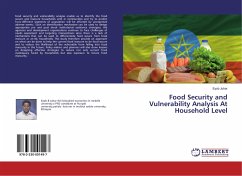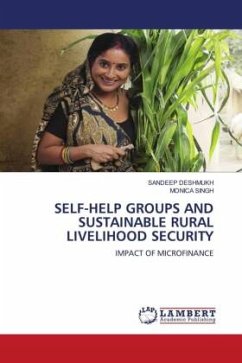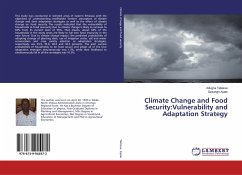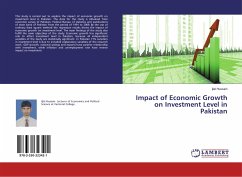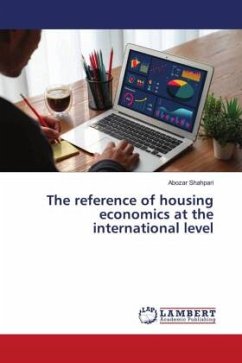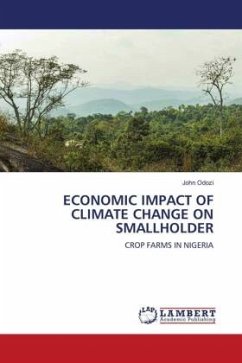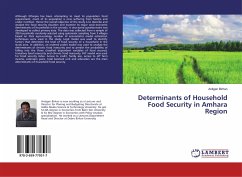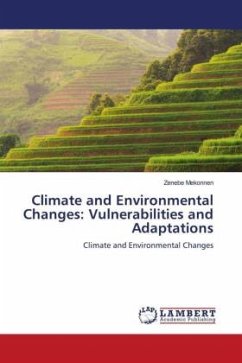Food security and vulnerability analysis enable us to identify the food secure and insecure households with in communities and try to predict how different segments of population will be affected by unexpected adverse events. Such an identification mechanism can be used to design appropriate pre and post shock institutional assistance strategies. Aid agencies and development organizations continue to face challenges of needs assessment and targeting interventions since there is a lack of mechanisms that can be used to differentiate food secure from food insecure or at-risk households. This study therefore provide an approach on what can be done to help the current food insecure to be food secure and to reduce the likelihood of the vulnerable from falling into food insecurity in the future. Policy makers and planners will also draw lessons on designing effective strategies to reduce not only current food inadequacy faced by households but also exposure to future food insecurity.

